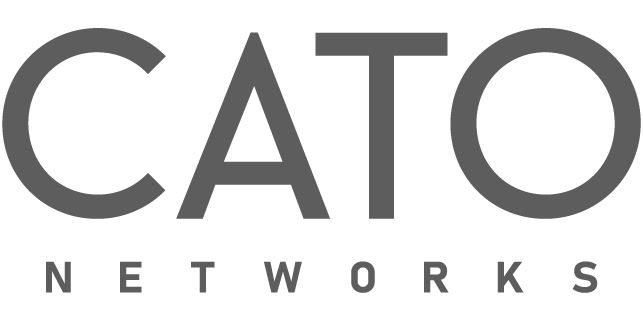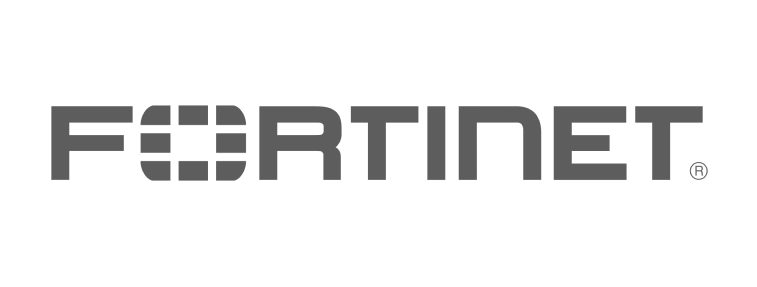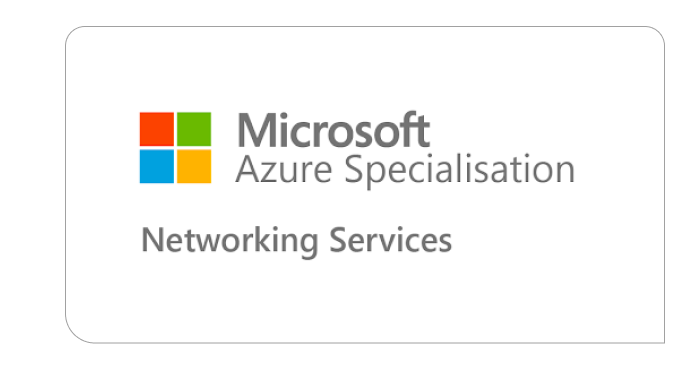

Networking
Services
Leading-edge connectivity is a great enabler for cloud and workplace solutions that depend on resilient and secure networks.
Talk to an expertAlways-On
Connectivity
The speed and reliability of networks has always been important for organizations, but connectivity has become business critical with the emergence of cloud services and modern workplace applications. Outages and congestion are not an option when businesses share resources and employees collaborate with each over long and short distances.
As a leading cloud and workplace solutions specialist, Ergo has been closer to the change than most network providers. We have grown our capabilities to stay ahead of the curve, both in terms of skilling up our network teams and in being more selective in the technologies we use. The result is an innovative suite of network services that we cherry-pick, design, deploy and continually improve as a managed service proposition.
-
0+
Industry Certifications
-
0x7
Operating NOC
-
0+
Years in Networking Services
Ergo has focused a large investment of people, time and monetary resources in our Networking and Security engineering capabilities, with great success. Our team can create a network from edge to cloud that is capable of connecting your customers, end users (people, places and devices) to key applications and resources.
Networking Specialist
Our Partners








Awards
Excellence fueled by Innovation
Ergo prioritizes innovation, quality, and development, investing continuously. We’re proud of our recognized commitment to excellence.



